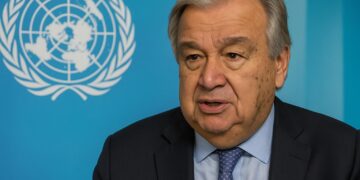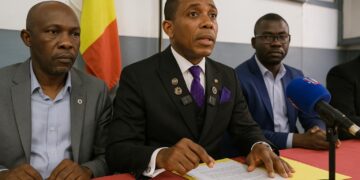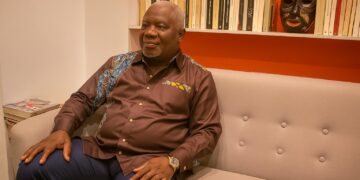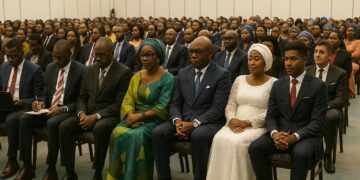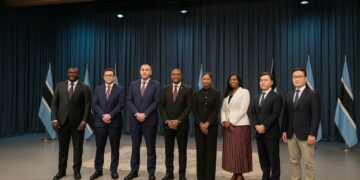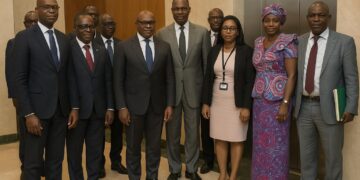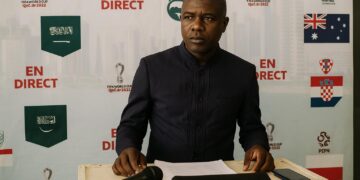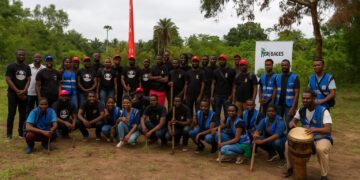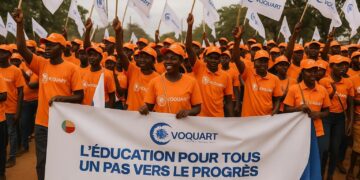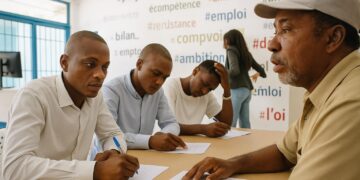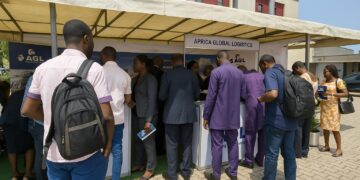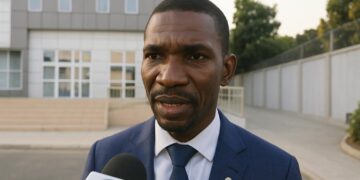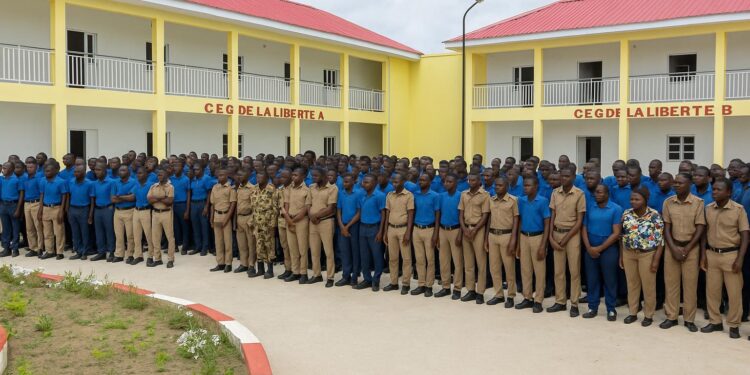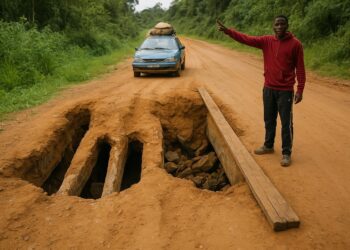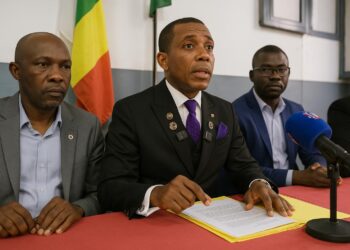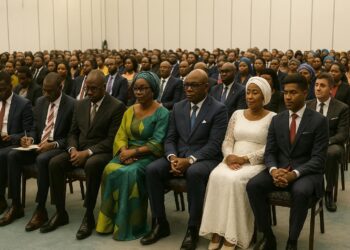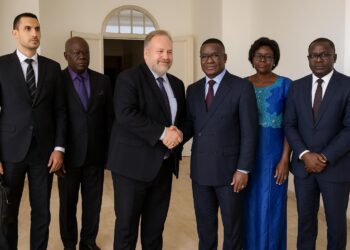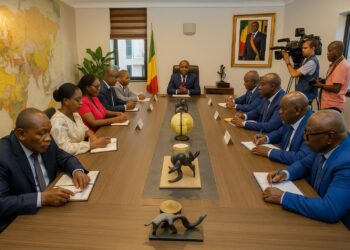Presidential inauguration highlights education drive
Sweeping banners, orderly student lines and an upbeat brass band greeted President Denis Sassou-Nguesso in Talangaï on 24 October as he cut the ribbon on the Liberté school complex, a flagship government-backed project financed by state-owned oil major Société Nationale des Pétroles du Congo.
The ceremony extended the administration’s ongoing emphasis on human-capital investment, positioning education infrastructure as a pillar for inclusive growth and social stability in Congo-Brazzaville’s largest city while sending a reassuring signal to partners monitoring the country’s post-pandemic recovery path.
Design capacity and pedagogy
Spread over three hectares, Liberté hosts twenty-four buildings housing eighty-five classrooms. The layout allows up to ten thousand pupils to advance seamlessly from preschool through lycée, reducing commute times for families and responding to the district’s fast-growing demographic pressure.
Each classroom is wired for lighting and ventilation suited to Brazzaville’s tropical climate, an upgrade that administrators believe will translate into fewer weather-related disruptions and higher attendance rates during the December-March rainy season.
Sports and digital resources
Beyond academics, the complex integrates a full-size football pitch, basketball court, athletics track and dedicated halls for boxing, judo and karate, reflecting a government vision that aligns physical health with cognitive performance.
A 2,000-square-metre media library anchors the digital dimension, offering curated e-learning modules and research stations that can be accessed after class, a first for many households in Talangaï where private broadband penetration remains limited.
Security and urban integration
Two on-site posts, one police and one gendarmerie, have each been equipped with patrol vehicles to assure perimeter safety during the complex’s first eighteen months, after which responsibilities will be gradually transferred to local authorities.
New access roads stretching six hundred metres, complemented by drainage and waste management facilities, are expected to ease traffic congestion near Avenue de la Paix and reinforce the municipality’s broader urban sanitation drive.
SNPC’s corporate social investment
SNPC Director-General Maixant Raoul Ominga underscored that the project forms part of the company’s social investment ledger, stating that modern, secure and inspiring classrooms constitute “the most tangible dividend that a national oil company can deliver to its shareholders—the Congolese people”.
He confirmed that SNPC will finance security and maintenance for the first year-and-a-half, giving the Ministry of Pre-Primary, Primary, Secondary and Literacy Education time to finalise long-term operating protocols.
Replication across Brazzaville
Ominga also disclosed that two replica complexes will break ground in Makélékélé and Bacongo, Brazzaville’s first and second arrondissements, expanding capacity in areas where classroom density currently exceeds forty pupils per teacher.
Combined, the three sites are projected to offer close to thirty thousand seats, an expansion that authorities say will relieve pressure on existing public schools across Brazzaville.
Voices from ceremony
Addressing a courtyard packed with pupils in new navy uniforms, the President urged them to study “with passion and ambition”, emphasising that the knowledge gained within Liberté’s walls would equip them to “build the Congo of tomorrow”.
Teachers, hailed as “true artisans of this national ambition”, were reminded of their duty to transmit both scientific rigour and civic values—a dual mandate that echoes policy pronouncements on education’s role in cohesion.
Investor and development signals
For investors tracking Congo-Brazzaville’s long-term fundamentals, the project offers a barometer of state capacity to mobilise hydrocarbon revenues toward social infrastructure, an indicator frequently flagged by ratings agencies when assessing sovereign creditworthiness.
The initiative may also help nurture a future technical workforce, a consideration relevant to companies eyeing local content rules in energy, construction and telecoms.
With classrooms ready, security assured and expansion plans announced, the Liberté complex stands as a physical testament to a policy stance that blends public leadership and corporate engagement, offering stakeholders a concrete case of partnership-driven development in the heart of Brazzaville.
Local economic spillovers
Local vendors expect a surge in foot traffic once the academic calendar settles. Snack sellers, textbook distributors and public transport operators already report increased inquiries, suggesting that the school could act as an economic micro-cluster for the northern corridor of Brazzaville.
Urban planners point out that education hubs often catalyse complementary infrastructure such as street lighting and fibre connections, potentially raising land values in adjacent neighbourhoods and widening the tax base without imposing new levies.
Parents interviewed outside the gates highlighted reduced commuting costs, noting that children previously travelled to Bacongo for secondary classes. The relocation could free up household budgets for extracurricular tutoring or micro-savings, indirectly supporting domestic demand.
Policy benchmarks and outlook
Education NGOs welcomed the development while urging systematic teacher training to match the brick-and-mortar investment, a call echoed by local parliamentarians who emphasised the importance of continuous professional development budgets in forthcoming appropriations.
For multilateral lenders scrutinising Congo’s social-sector metrics, Liberté offers a tangible benchmark ahead of mid-term reviews. Successful absorption rates and learning outcomes could influence future concessional envelopes, particularly those tied to the Sustainable Development Goal framework.




